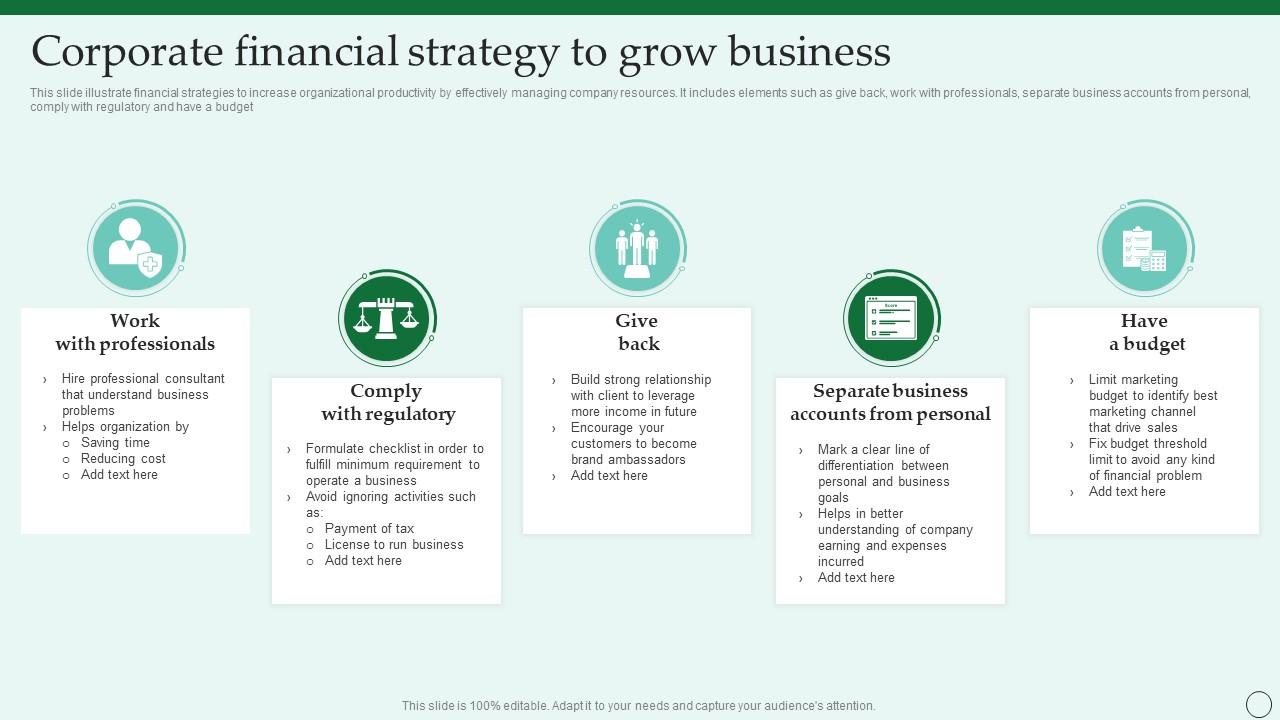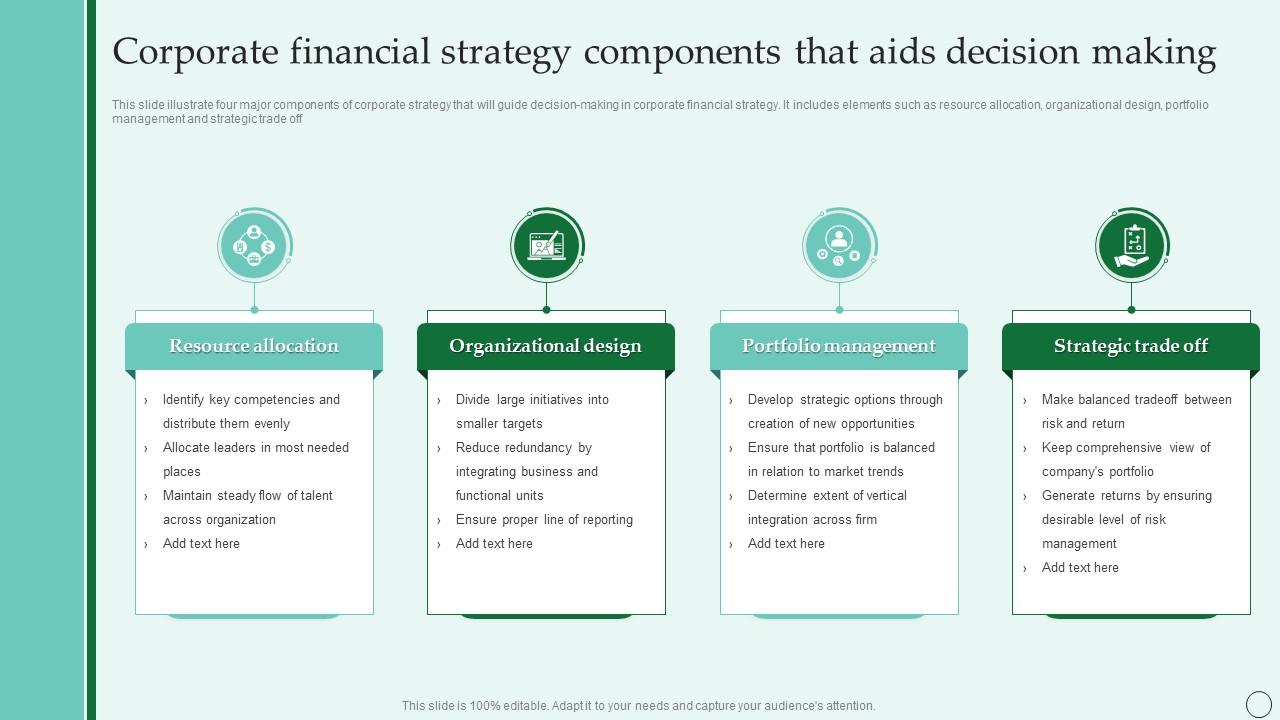
Mergers, Acquisitions, and Divestments

Mergers, acquisitions, and divestments are crucial strategic tools employed by corporations to reshape their competitive landscape, enhance shareholder value, and achieve specific growth objectives. These transactions, while potentially lucrative, require meticulous planning, thorough due diligence, and effective execution to ensure a successful outcome. Understanding the underlying rationale, valuation methods, integration processes, and divestment triggers is essential for effective corporate financial strategy.
Strategic Rationale Behind Mergers and Acquisitions
Mergers and acquisitions are driven by a variety of strategic motivations. Companies may seek to expand their market share by acquiring a competitor, gain access to new technologies or intellectual property through the acquisition of a smaller, innovative firm, or achieve economies of scale by merging with a similar entity. Vertical integration, where a company acquires a supplier or distributor, can also enhance efficiency and control over the supply chain.
Furthermore, acquisitions can provide access to new geographic markets or customer segments, accelerating growth and diversification. A successful merger or acquisition often leads to synergies, where the combined entity achieves greater value than the sum of its individual parts. For example, the merger of two pharmaceutical companies could lead to cost savings through shared research and development facilities, and a wider product portfolio.
Methods for Valuing Companies
Several methods exist for valuing companies involved in mergers and acquisitions. The Discounted Cash Flow (DCF) method projects future cash flows and discounts them back to their present value, providing an intrinsic valuation. This method relies heavily on accurate future projections, which can be challenging. Comparable company analysis involves comparing the target company’s valuation multiples (such as price-to-earnings ratio or enterprise value-to-EBITDA) to those of similar publicly traded companies.
This approach provides a relative valuation benchmark. Asset-based valuation focuses on the net asset value of the target company’s assets, often used for companies with significant tangible assets. Finally, precedent transactions analysis examines the prices paid for similar companies in previous acquisitions, providing a market-based valuation. Each method has its strengths and weaknesses, and a combination of approaches is often used to arrive at a comprehensive valuation.
Integrating Acquired Businesses
Successful integration of an acquired business is critical to realizing the anticipated synergies and value creation. This process typically involves several key steps. First, a detailed integration plan needs to be developed, outlining the timeline, responsibilities, and key milestones. Next, the cultural differences between the acquiring and acquired companies must be carefully managed to avoid conflicts and ensure smooth transition.
This often involves clear communication, training programs, and the establishment of a shared organizational culture. Furthermore, the integration of IT systems, financial reporting processes, and supply chains needs to be addressed systematically to ensure operational efficiency. Finally, post-acquisition performance monitoring is essential to track progress, identify any challenges, and make necessary adjustments to the integration plan. A poorly managed integration can lead to significant losses and undermine the strategic rationale for the acquisition.
Factors Influencing the Decision to Divest a Business Unit
Corporations may divest a business unit for various reasons. Underperformance, where a unit consistently fails to meet its financial targets or strategic objectives, is a common trigger. A strategic mismatch, where a unit no longer aligns with the company’s overall strategy or core competencies, may also lead to divestment. Furthermore, regulatory pressures or changes in market conditions can make a business unit less attractive, prompting its sale.
Divestment can also be used to generate cash for other investments, reduce debt, or simplify the company’s operations. For example, a conglomerate might divest a non-core business to focus resources on its more profitable and strategically important units. Careful consideration of the financial implications, potential buyers, and the impact on remaining business units is crucial before making a divestment decision.
Impact of External Factors

Corporate financial strategy, while internally driven by factors like profitability targets and risk appetite, is significantly influenced by external forces. These external factors create both opportunities and challenges, demanding adaptability and foresight from financial strategists. Ignoring these external pressures can lead to suboptimal decisions and even jeopardize the long-term viability of a company.Macroeconomic factors, geopolitical events, and regulatory changes all play a crucial role in shaping a company’s financial choices.
Understanding and anticipating these shifts is paramount to successful strategic planning.
Macroeconomic Factors and Their Influence
Interest rates, inflation, and economic growth rates are key macroeconomic indicators that directly impact corporate financial strategies. High interest rates, for example, increase borrowing costs, making expansion plans more expensive and potentially slowing down investment. Conversely, low interest rates can stimulate borrowing and investment, leading to increased economic activity. Inflation erodes purchasing power and can affect pricing strategies, supply chain management, and overall profitability.
Periods of high inflation often necessitate adjustments to pricing models and hedging strategies to protect profit margins. A robust economy generally leads to increased consumer spending and business investment, creating a favorable environment for expansion and acquisitions. Conversely, a recessionary environment may necessitate cost-cutting measures and a more conservative approach to financial decision-making. For instance, during the 2008 financial crisis, many companies delayed or canceled expansion plans, focusing instead on preserving cash flow and reducing debt.
Geopolitical Events and Financial Decision-Making
Geopolitical events, such as wars, trade disputes, and political instability, can significantly impact corporate financial strategies. These events often lead to increased uncertainty and volatility in financial markets, making accurate forecasting difficult. For example, the Russian invasion of Ukraine in 2022 caused significant disruptions to global supply chains, leading to increased commodity prices and impacting the financial performance of many companies.
Companies with significant operations in affected regions may face disruptions, losses, and increased operational risks. International trade agreements and sanctions can also dramatically alter market access and investment opportunities. Companies may need to adapt their strategies to navigate these complexities, potentially including diversification of supply chains, risk mitigation strategies, and adjustments to international investment plans.
Regulatory Changes and Their Impact on Financial Strategies
Regulatory changes at both the national and international levels can profoundly impact corporate financial strategies. New accounting standards, tax laws, and environmental regulations can necessitate significant adjustments to financial reporting, tax planning, and operational practices. For instance, the implementation of stricter environmental regulations may require companies to invest in cleaner technologies or face penalties, altering their capital expenditure plans.
Similarly, changes in tax laws can affect profitability and investment decisions. Companies must proactively monitor regulatory developments and adapt their strategies to comply with evolving legal frameworks, ensuring compliance and minimizing potential risks. Failure to adapt could lead to hefty fines and reputational damage.
Economic Downturn’s Impact on a Specific Industry: The Automotive Sector
An economic downturn, characterized by reduced consumer spending and business investment, would significantly affect the automotive sector. Demand for new vehicles would likely decrease, leading to lower sales volumes and reduced profitability. Automakers would likely respond by cutting production, laying off workers, and implementing cost-cutting measures. Investment in research and development might be curtailed, and expansion plans postponed.
Marketing and advertising budgets would likely be reduced. Financing options for consumers might become more restrictive, impacting sales further. The industry might see a shift towards smaller, more fuel-efficient vehicles as consumers become more price-sensitive. Companies might focus on improving operational efficiency and strengthening their balance sheets to weather the economic storm. A successful response would involve a combination of strategic cost reductions, a focus on maintaining liquidity, and exploring opportunities for innovation and adaptation to changing market conditions.

